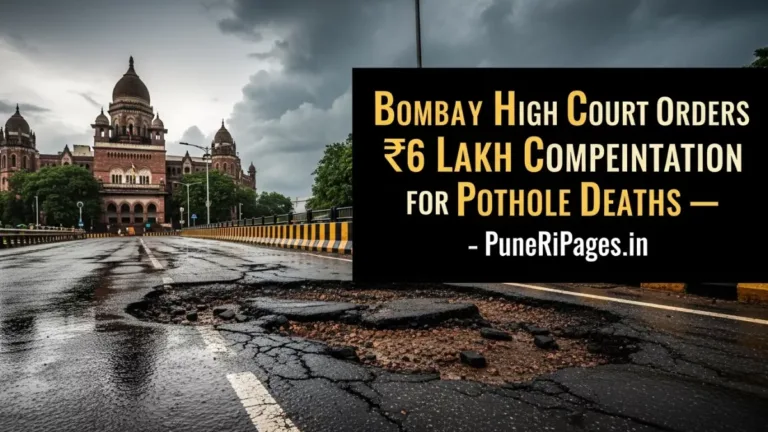Table of Contents
In a significant clarification to an earlier circular, the Maharashtra government has issued a New GR [ Goverment Resolution ] stating that Hindi is not mandatory as the third language from Standard I in schools across the state. The announcement comes amid rising criticism and political backlash over the interpretation of the previous directive. However, critics are calling the move a mere eyewash, arguing that the new GR fails to resolve core concerns about linguistic imposition.
📜 What the New GR States
The revised GR, released earlier this week, clarifies that while students must study a third language under the three-language formula, schools are not obligated to introduce Hindi from Standard I itself. The Education Department noted that the choice of the third language — whether Hindi or another regional language — should be guided by the school management and availability of resources.
The GR also mentions that all three languages need to be introduced by Standard VIII, in accordance with the National Education Policy (NEP) 2020 guidelines. This gives schools the flexibility to phase in the third language over several years rather than mandating it from day one.
🧑🏫 Why the Controversy?
The controversy began in May 2024, when a previous circular was widely interpreted as enforcing Hindi as the third language starting from Standard I. This led to protests from Marathi language activists, political parties, and civil society organizations who accused the government of promoting Hindi at the cost of regional languages.
The new GR was expected to allay these fears, but critics argue it is ambiguous and does not revoke the earlier circular in clear terms. Education activists claim the GR offers schools a loophole to continue with Hindi, especially in CBSE and ICSE-affiliated institutions that already follow a Hindi-centric language curriculum.
🗣️ Reactions From Across the Spectrum
- Marathi Language Advocates: Expressed disappointment that the GR lacks a strong commitment to promoting Marathi or other regional languages.
- Opposition Leaders: Labeled the GR as political posturing ahead of civic polls, questioning the government’s sincerity.
- School Managements: Welcomed the flexibility, saying it allows them to align with NEP without logistical disruption.
- Parents: Mixed responses — while some are relieved that Hindi isn’t mandatory from Std I, others are confused by the conflicting messages.
🏫 What This Means for Schools and Parents
For schools, especially those affiliated with state boards, this GR offers more leeway in structuring their language curriculum. It allows phased implementation of the third language and encourages schools to prioritize linguistic diversity and regional relevance.
Parents are advised to consult their respective school administrations for clarity, as implementation may differ between institutions. It also gives local language advocacy groups an opportunity to push for more inclusive language education policies that reflect Maharashtra’s diverse cultural identity.
FAQs
Q: Is Hindi mandatory from Standard I in Maharashtra?
A: No, the new GR clarifies that schools are not required to introduce Hindi as the third language from Std I.
Q: What is the three-language formula?
A: It is a policy under NEP 2020 where students must learn three languages — typically a regional language, Hindi, and English — with flexibility based on state and school board policies.
Q: What about CBSE and ICSE schools?
A: These schools may continue with Hindi as a third language, but they now have the flexibility to choose based on available resources and state guidance.
Q: Does the GR promote regional languages?
A: Critics argue it does not go far enough in doing so and lacks clarity on implementation.
Q: Will this affect my child’s admission or curriculum?
A: Not immediately, but it’s advisable to speak to your school to understand how they are interpreting the new GR.






